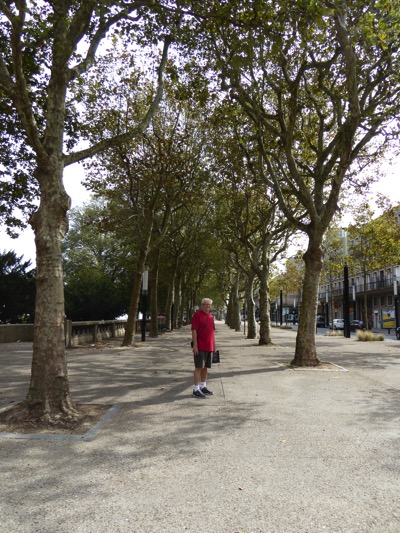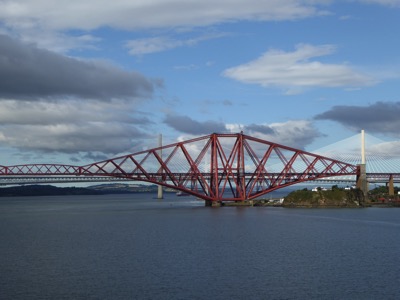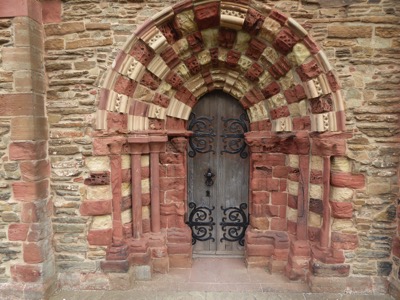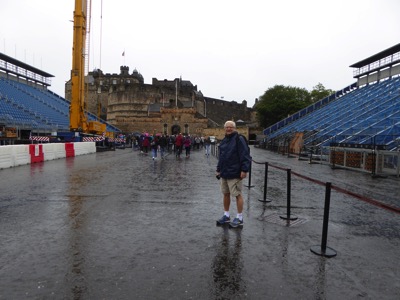Prior to arriving here today we were informed that as it was a Sunday nothing would be open and therefore it would be better to book a tour. Sorry Princess but you lied, although all the large stores were closed many small shops and a large market provided plenty of entertainment.
Much of the centre of Le Havre was destroyed in the war and unlike some British towns it has been rebuilt in a most tasteful manner. Although largely made from reinforced concrete the design by Auguste Perret has been thought highly enough of to be named a World Heritage Site.
The shuttle bus dropped us off in a large square at the top of Rue George V with the magnificent “Volcan” building in front of us.

Designed by famous architect Oscar Niemeyer these buildings house a theatre and media library. Opposite stands the impressive war memorial standing in honour of those who fell in both World Wars and other conflicts that the French have been involved with.

As we made our way through the side streets towards St Joseph’s Church we came across the Sunday market. Here a mixture of indoor and outdoor stalls sold various items of clothing along with cakes...

…..cheeses,

…and (of course no blog post about a market would be complete without),fish.

The market was a destination both for tourists and locals, with the latter picking up their weekend meat and vegetables. Entertainment was on hand for the children while some adults sat and sipped coffee watching the crowds go by.

Some smaller shops were open including this one….

…presumably “pour les personnes locale”!!
A short walk from the market took us to the yacht harbour and the beach beyond. A wide promenade was full of walkers, runners and cyclists all enjoying this bright Sunday morning.

The beach itself was a little disapponting being made up of small peebles rather than sand, not a patch on our local South Wales’ beaches. The modern architectural style even presented itself on the beach with this installation, the Sunday sailors in their small yachts in the distance.

Visible from all over the city is another of Perret’s creations, the 107 metre high tower of St Joseph’s Church.

The tower contains some 12000 plus pieces of multi coloured glass the full effect of which can be seen from withing the church.

It’s well worth visiting if you are in the area.
In addition to the picturesque flower beds, the gardens outside the town hall contain various fountains, models of birds…..

…and a lovely avenue of trees.

So contrary to what we were told Le Havre was a charming place to visit and the fact that the large stores were closed was probably a major advantage.
We disembark Royal Princess in Southampton early tomorrow so this will be the final post. It has been a good yet busy cruise with nine ports of call and only two sea days. We have seen places we have never visited before and refreshed our memory in some that we know quite well. We’ve managed to fit in a number of games of table tennis and won our fair share of trivia. Princess has however changed the prizes and we are now the proud owners of several Princess bags and some wine stoppers (they’ll make excellent Christmas presents!!!).
Hope you have enjoyed our journey and look forward to continuing our rambling next April.










































